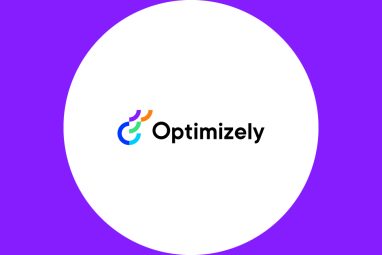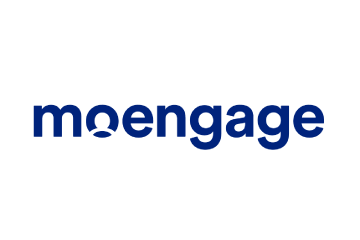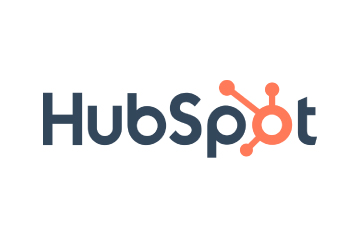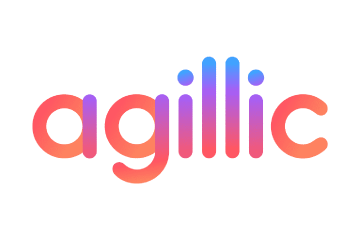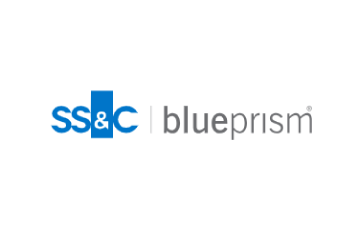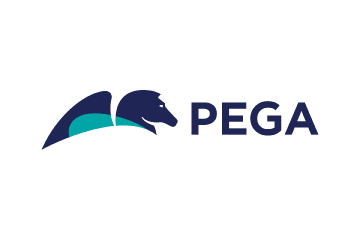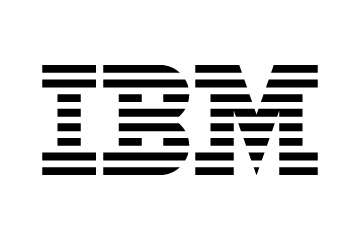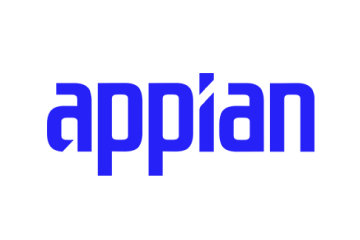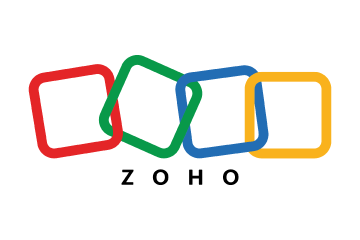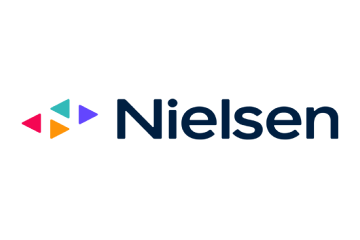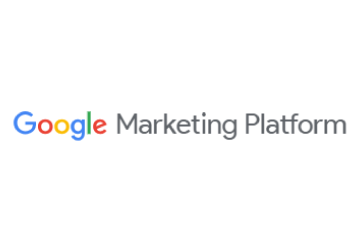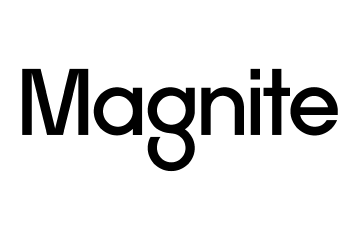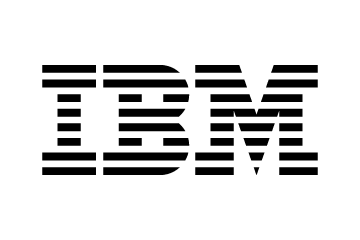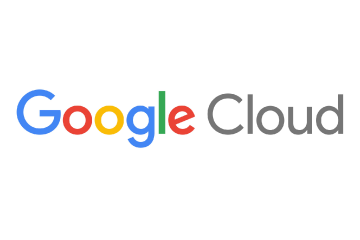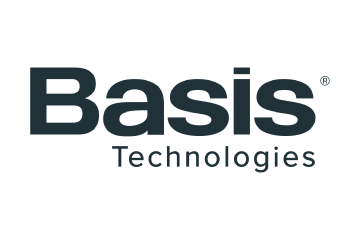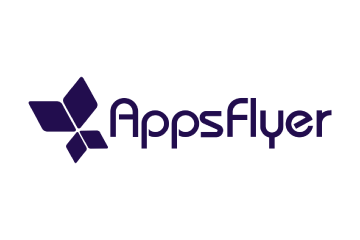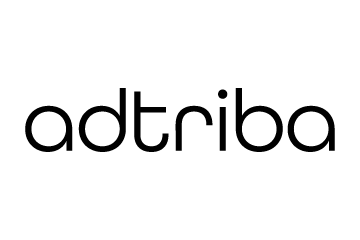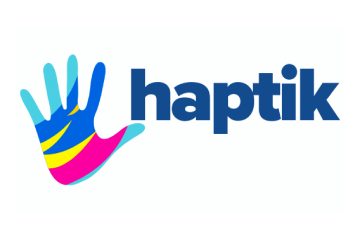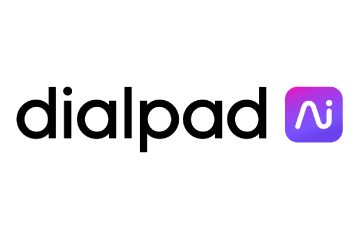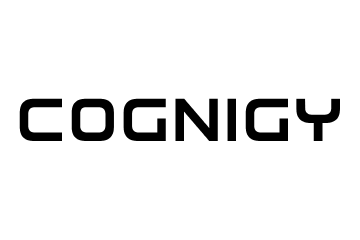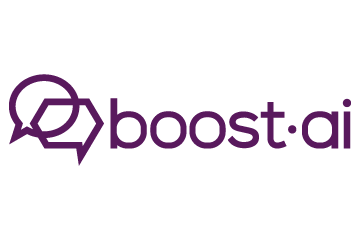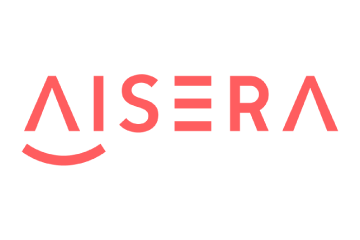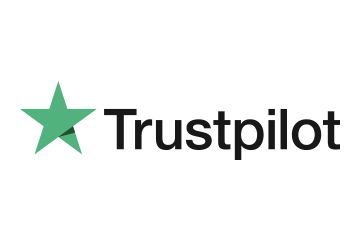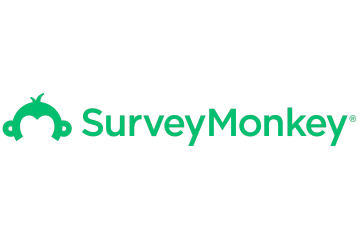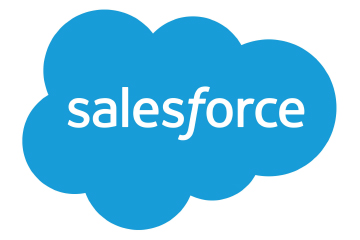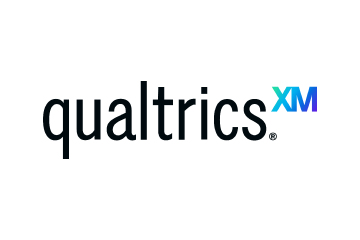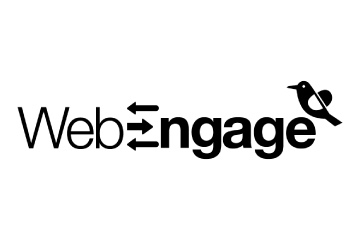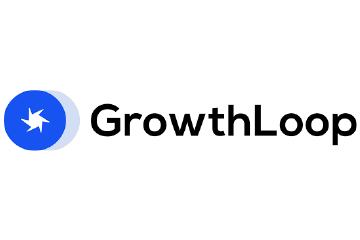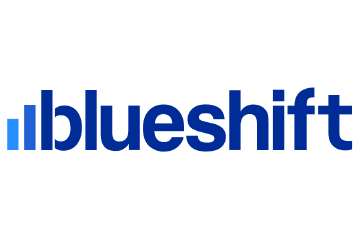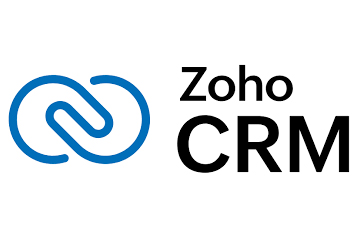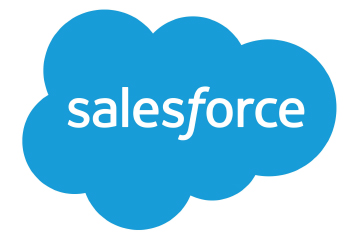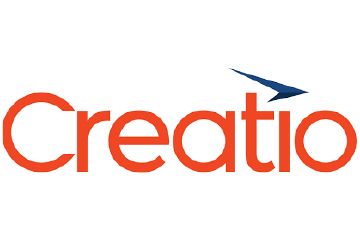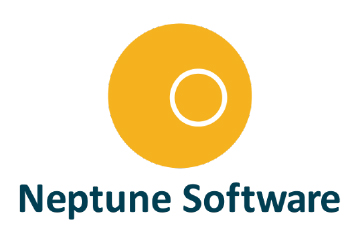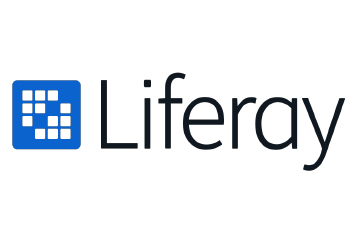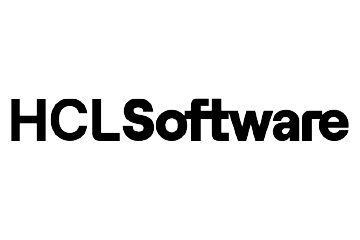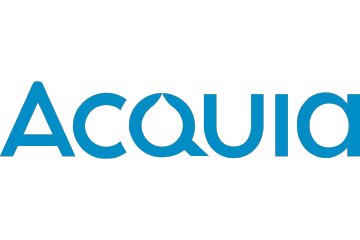Apple WWDC 25 Day 5: The New Rules of Engagement
Apple’s WWDC Day 5 made one thing clear: the future isn’t mobile-first—it’s presence-first, privacy-first, and performance-focused. Marketers who embrace this shift will lead the next wave of personalised CX.
Topics
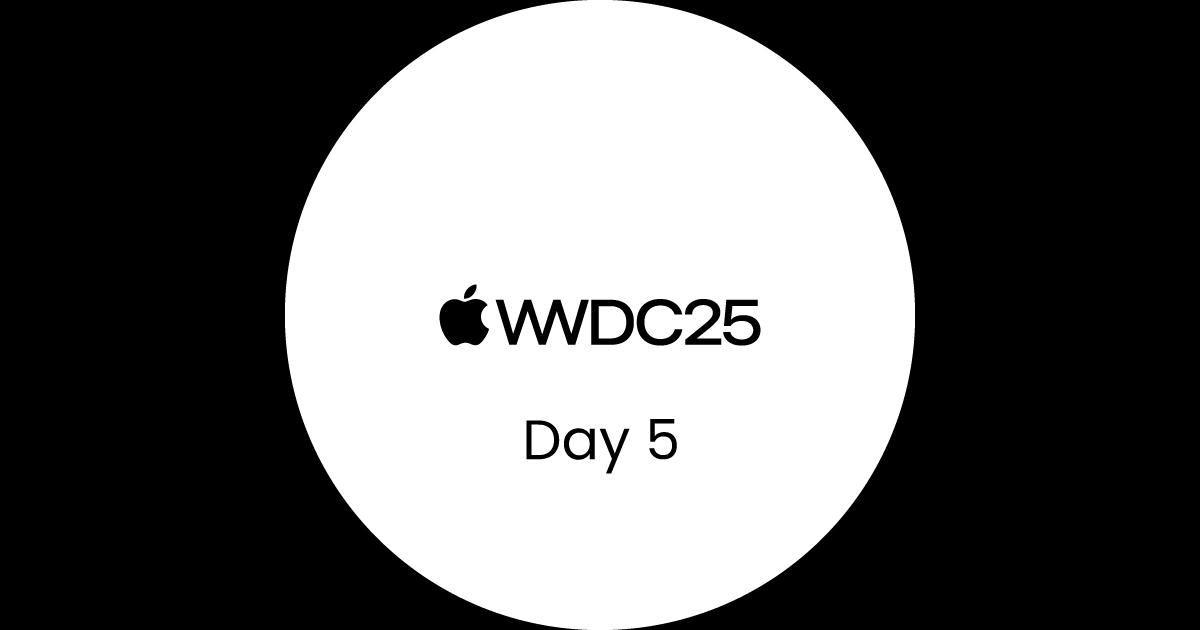
As WWDC 2025 drew to a close, Apple doubled down on its core advantage: native personalisation that works across languages, behaviours, and devices, without compromising privacy. For marketers in the Middle East, where multilingualism, mobility, and regulation intersect, Day 5 delivered actionable clarity.
The most impactful update is Language Discovery in iOS 26. Until now, marketers relied on device language settings to personalise content: a blunt instrument in a region where customers regularly switch between Arabic, English, Urdu, and French.
Apple’s Language Discovery detects real usage patterns: what language the customer texts in, reads news in, or listens to music in. Apps can now personalise content, messaging, or flows accordingly, without customer input or toggles.
For marketers in the GCC and beyond, this means sharper localisation with zero guesswork. A push in Arabic, lyrics in Hindi, or a chatbot reply in French; all driven by behaviour, not assumptions. It’s localisation that feels invisible and intuitive.
Apple also introduced on-device generative AI, enabling apps to deliver structured, personalised content, like summaries, itineraries, or onboarding guides, without sending data to a server. With growing regulatory scrutiny across the Middle East, from Saudi Arabia’s privacy push to the UAE’s open-data principles, this native AI gives marketers a compliant way to drive relevance.
ALSO READ: Apple WWDC 2025: Personalisation, AI, and Spatial UX
One feature that deserves more attention is Guided Generation, which ensures that AI outputs are structured and predictable. For campaign planning, recommendations, or goal-based personalisation, that consistency is critical. It allows marketers to merge creativity with control, delivering rich experiences without introducing chaos.
Apple also introduced Declared Age Range APIs, allowing marketers to serve different experiences for kids, teens, or adults without collecting birthdates. This aligns perfectly with the region’s push toward privacy-forward CX design, especially in sectors like entertainment, education, and family commerce.
If a customer declares themselves as under 13, your app can adapt interface elements, hide certain content, or activate parental gates—all without storing sensitive data. It’s a frictionless way to balance safety with personalisation.
However, the standout web enhancement came in the form of scroll-driven animations in Safari. These allow brands to create motion-based effects that respond to how a customer scrolls—sliding in products, layering testimonials, or animating calls to action.
Importantly, these animations are responsive and accessibility-aware, making them usable across devices and demographics. In a region where mobile storytelling is becoming the norm, scroll-powered narratives give brands a premium edge.
As WWDC wraps, the takeaway for Middle East marketers is simple: personalisation has matured. It’s no longer about first-name introductions: it’s about context, design, and intelligence baked into the OS.
From CarPlay dashboards to scroll-based websites, Siri snippets to multilingual push, Apple has created an ecosystem where brands can show up at the perfect moment, without ever crossing a privacy line.
The future isn’t mobile-first. It’s presence-first, privacy-first, and performance-focused. The marketers who internalise that shift will be the ones who lead.
ALSO READ: Apple WWDC 25 Day 4: Games, Glanceability, and System-Native Growth


